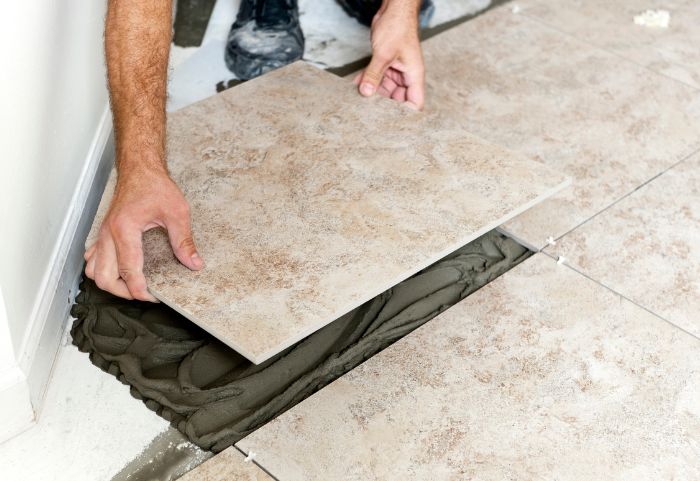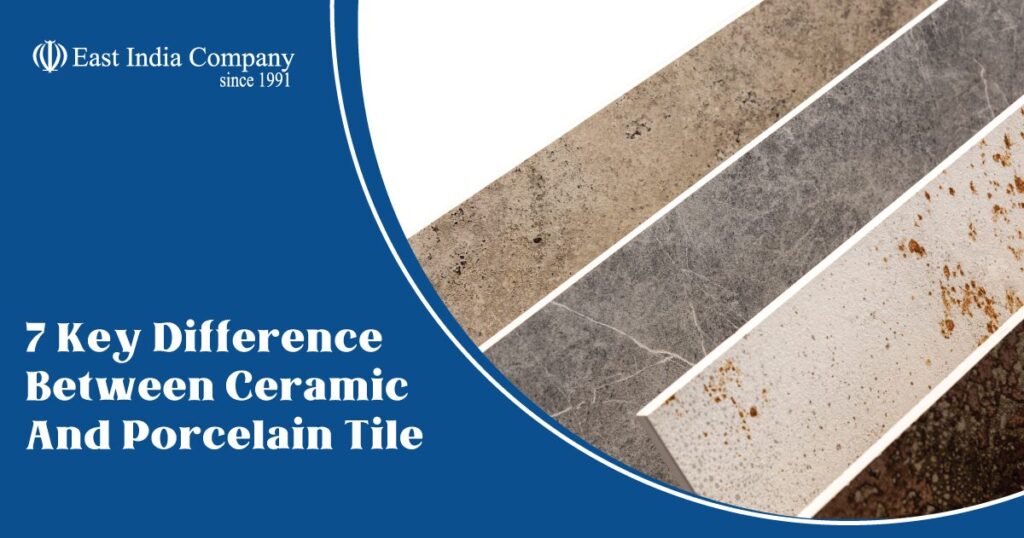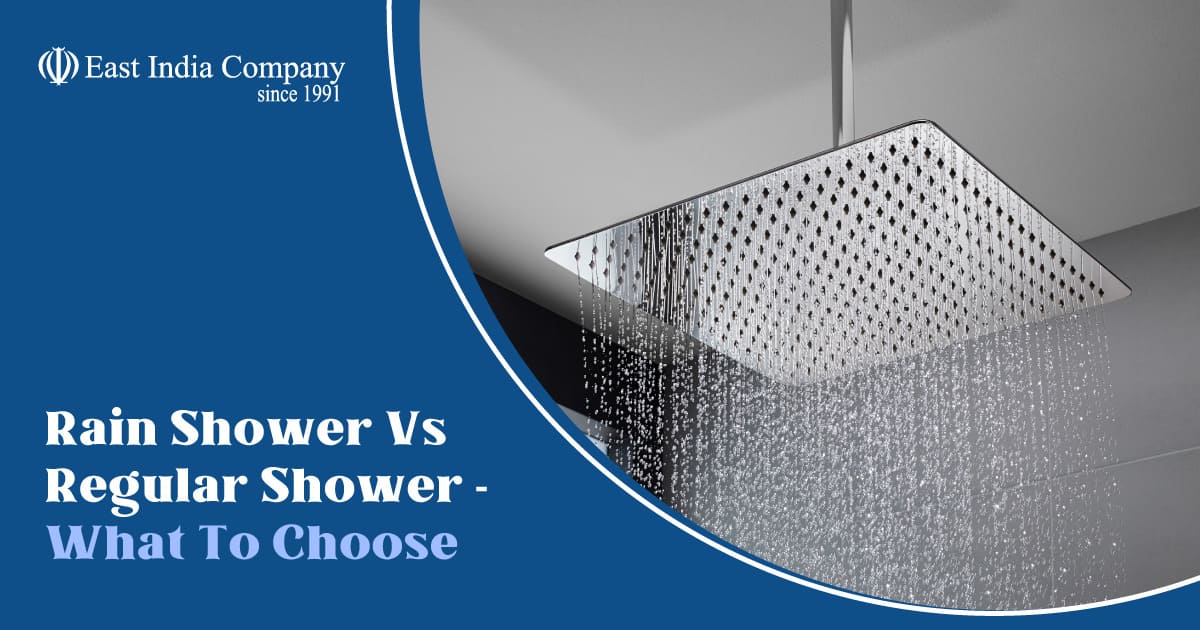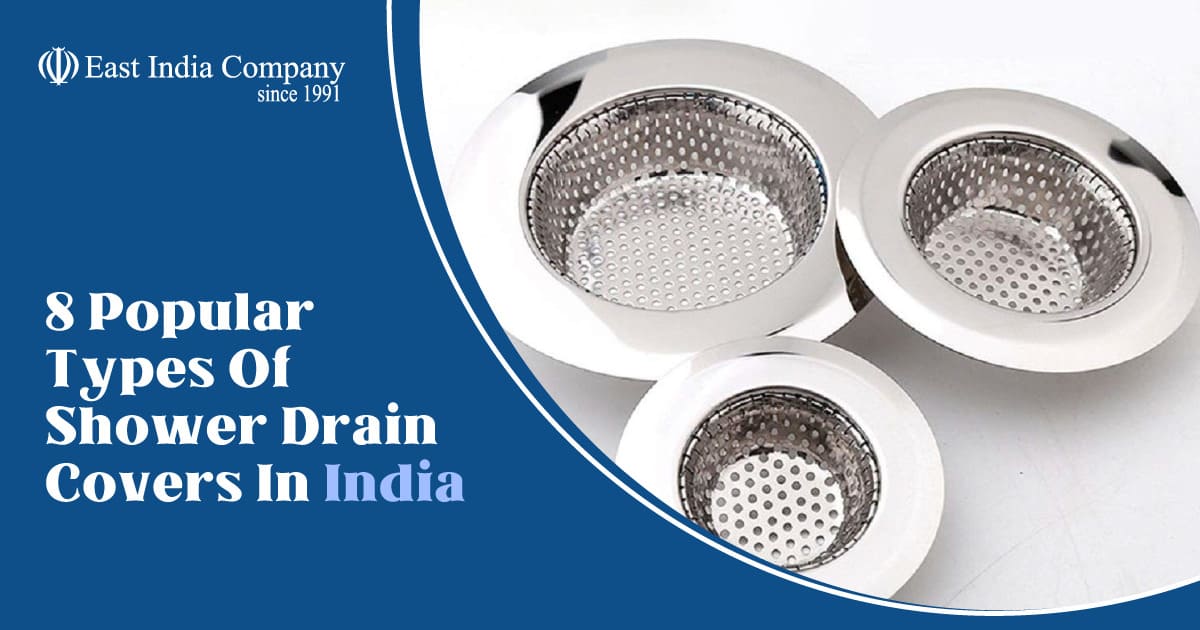Curious about which tile is best for your home? Discover the seven key differences between ceramic vs porcelain tiles. Whether you need durable tiles for high-traffic areas or stylish options, this blog will help you make an informed choice. Which tile will you choose for your next project?
Let’s Begin
Are you planning to renovate your home? Or maybe building a new one from scratch? If so, you’ll need to decide on tile for the floors, walls, or other surfaces. Two of the most popular options are ceramic and porcelain tiles. But what’s the difference between ceramic and porcelain tile?
At first glance, they may seem quite similar. However, there are actually several key distinctions between these two materials. Understanding the differences between ceramic and porcelain tile is crucial for choosing the right product for your project and ensuring it meets your needs.
In this blog post, we’ll explore seven essential differences between ceramic and porcelain tiles. We’ll cover factors like composition, durability, water absorption, and more. By the end, you’ll have a clear picture of which type of tile might be the better fit for your home.
Let’s get started!
7 Key Difference Between Ceramic And Porcelain Tile
Choosing the right tile for your home can be a bit confusing, especially when deciding between ceramic and porcelain tiles. To help you make an informed choice, here are the seven key differences between these two types of tiles:
Difference 1: Material Composition
- Ceramic tiles are made from natural clay mixed with water and other organic materials and then fired at lower temperatures. This process makes them more porous and less dense.
- Porcelain tiles are made from finer, more refined clay and are fired at much higher temperatures. This makes porcelain tiles denser, more durable, and less porous.
Difference 2: Durability and Hardness

- Porcelain tiles are known for their exceptional durability and hardness. They can withstand heavy traffic and are less likely to chip or crack. This makes them ideal for high-traffic areas like hallways, kitchens, and commercial spaces.
- Ceramic tiles, while still durable, are more prone to chipping and cracking. They are better suited for areas with less foot traffic, such as bathroom walls or low-traffic floors.
Difference 3: Water Absorption Rate
- Porcelain tiles have a very low water absorption rate (less than 0.5%), which makes them almost impermeable to water. This makes them perfect for wet areas like bathrooms, kitchens, and even outdoor spaces.
- Ceramic tiles, being more porous, can absorb more water. This makes them better suited for drier areas like living rooms or bedrooms.
Difference 4: Cost and Installation

- Ceramic tiles are generally more affordable than porcelain tiles. If you’re on a tight budget, ceramic tiles can be a great option for areas that don’t see a lot of wear and tear. They are also easier to cut and install, which can save you money on labour costs.
- Porcelain tiles, while more expensive, offer greater durability and moisture resistance, making them worth the investment for high-use areas.
| Learn More: What Are the Latest Trends in Bathroom Tile Colors and Patterns?
Difference 5: Appearance and Design Options
Both ceramic and porcelain tiles come in a wide range of colours, patterns, and designs.
- Ceramic tiles often have a glazed surface that offers vibrant colours and intricate patterns. They can mimic the look of natural stone or wood, making them a versatile choice for decorative wall tiles and backsplashes.
- Porcelain tiles also come in various designs and can be made to look like high-end materials such as marble or hardwood. Their more uniform colour and texture make them ideal for creating a seamless, modern look.
Difference 6: Maintenance and Cleaning

- Porcelain tiles are easier to maintain due to their dense, non-porous nature. They resist stains and are easy to clean with just water and a mild cleaner. This makes them a great choice for kitchen floors and countertops, where spills are common.
- Ceramic tiles, while still relatively easy to clean, can be more prone to staining and may require more frequent cleaning, especially in high-moisture areas like bathrooms. It’s a good idea to seal the grout lines to prevent stains and make cleaning easier.
Difference 7: Suitability for Different Areas
- Porcelain tiles are versatile and can be used both indoors and outdoors, making them perfect for patios, driveways, and other exterior applications. Their durability and low water absorption make them ideal for high-traffic and wet areas like hallways, kitchens, and bathrooms.
- Ceramic tiles, on the other hand, are best suited for indoor use in low-traffic areas. They are excellent for decorative wall applications, backsplashes, and floors in rooms that don’t see a lot of heavy use.
| Also Read: How To Remove Limescale From Bathroom Tiles
East India Company: Quality and Innovation
Established three decades ago, East India Company has showrooms in Parry’s Corner, High Court, and Vadapalani. We offer an extensive range of top brands, catering to both retail and wholesale customers. Our commitment to quality and customer satisfaction has made us a trusted partner for architects, builders, and homeowners alike. Explore our comprehensive product range to find the perfect solutions for your bathroom needs.
For more details, Contact US or walk into the nearest store!
| For the Latest Updates and Trends Check Official East India Company Instagram Page |
Summing Up
The choice between ceramic and porcelain tiles depends mainly on your specific needs and the area of installation. Porcelain tiles offer superior durability, water resistance, and low maintenance, making them perfect for high-traffic and moisture-prone areas.
Ceramic tiles are more affordable and offer many design options, making them ideal for decorative purposes and low-traffic areas. By considering these differences, you can select the tile that best meets your needs and enhances the beauty and functionality of your space.
| Also Read: Discover the Best Modular Kitchen Accessories in Chennai
Ceramic vs Porcelain Tiles: FAQs
1. What are ceramic tiles made of?
Ceramic tiles are made from natural clay mixed with water and other organic materials, then fired at lower temperatures, resulting in a more porous and less dense tile.
2. Why are porcelain tiles more durable than ceramic tiles?
Porcelain tiles are made from finer, more refined clay and fired at higher temperatures, making them denser, harder, and more resistant to chipping and cracking.
3. Where should I use porcelain tiles in my home?
Porcelain tiles are ideal for high-traffic areas, wet areas like bathrooms and kitchens, and outdoor spaces due to their durability and low water absorption rate.
4. Are ceramic tiles cheaper than porcelain tiles?
Yes, ceramic tiles are generally more affordable due to their less expensive materials and lower production costs, making them a cost-effective option for low-traffic areas.
5. How do I maintain and clean porcelain tiles?
Porcelain tiles are easy to maintain and clean with water and a mild cleaner, as their dense, non-porous nature resists stains and requires less frequent upkeep.




